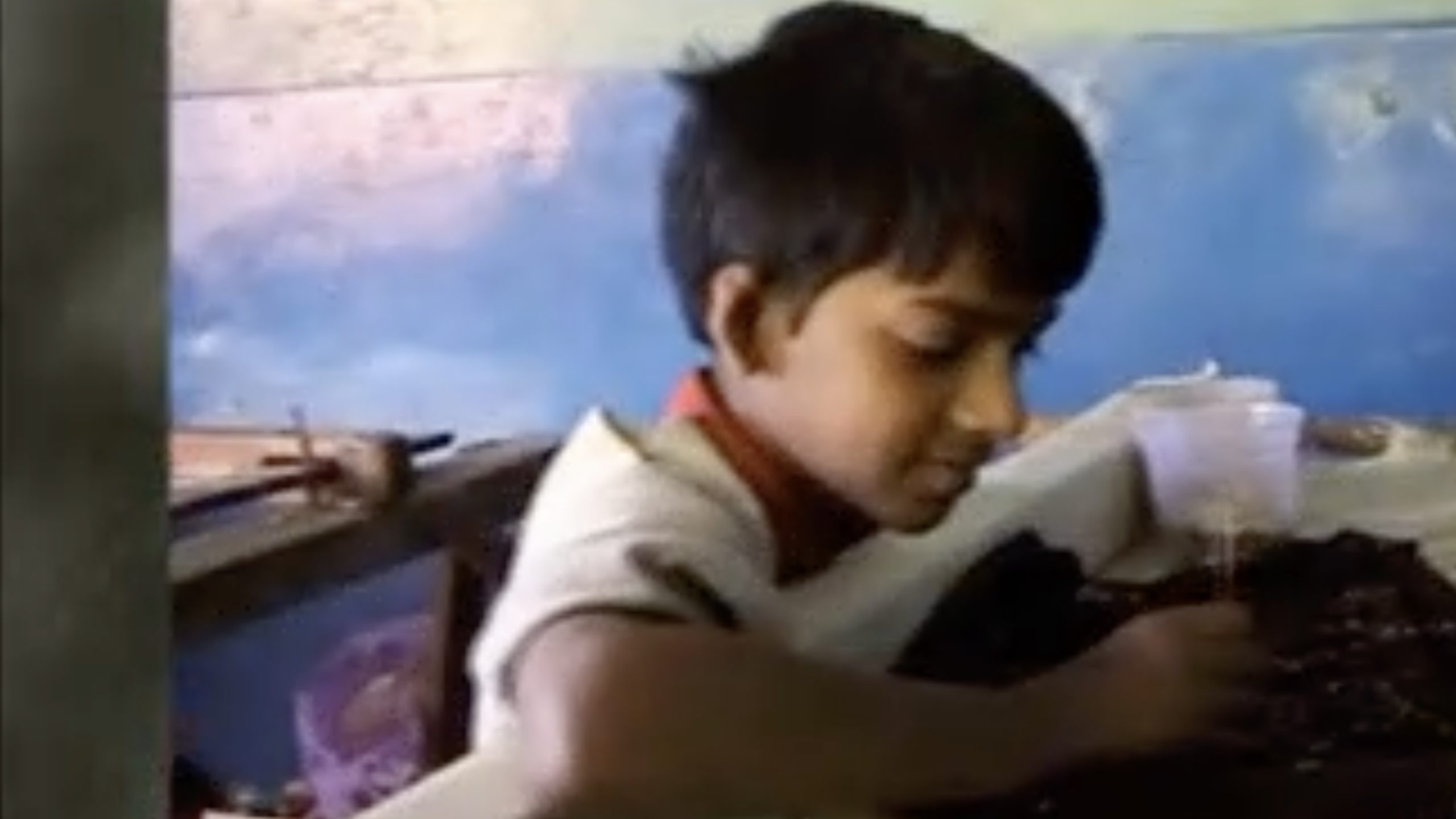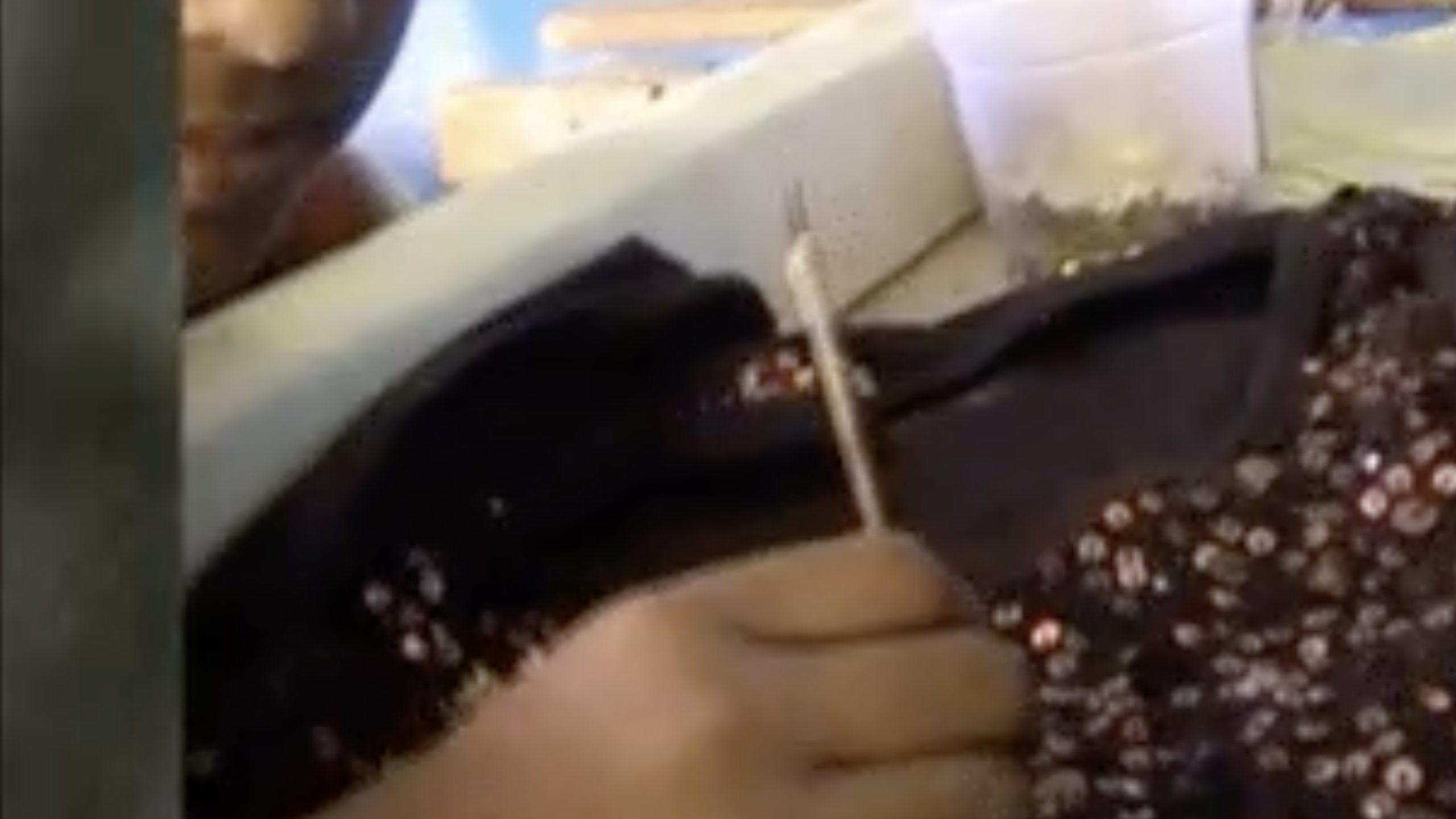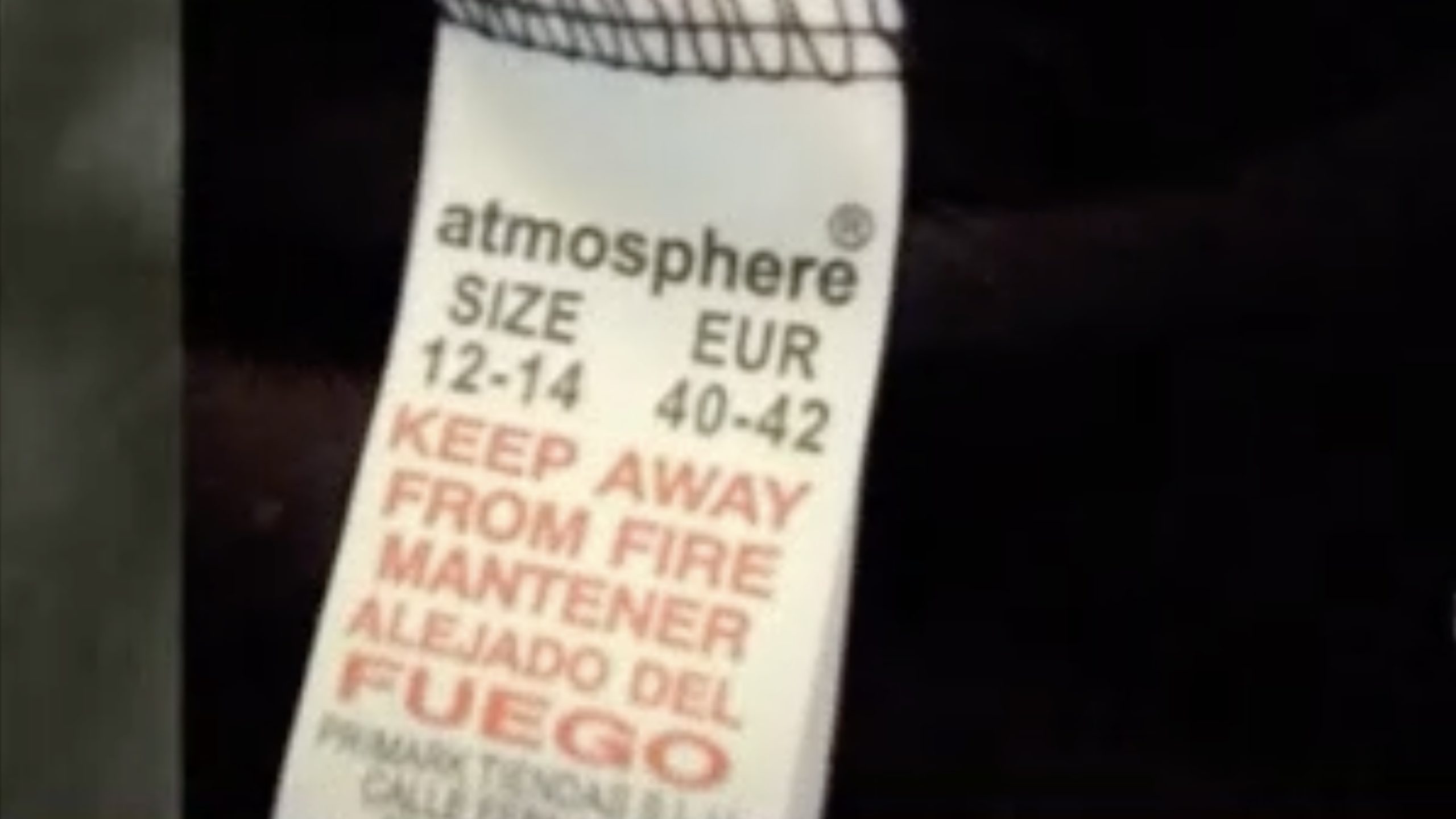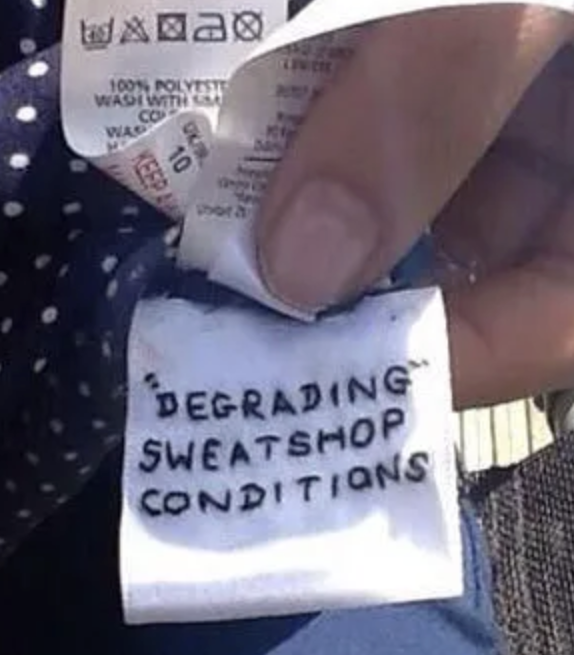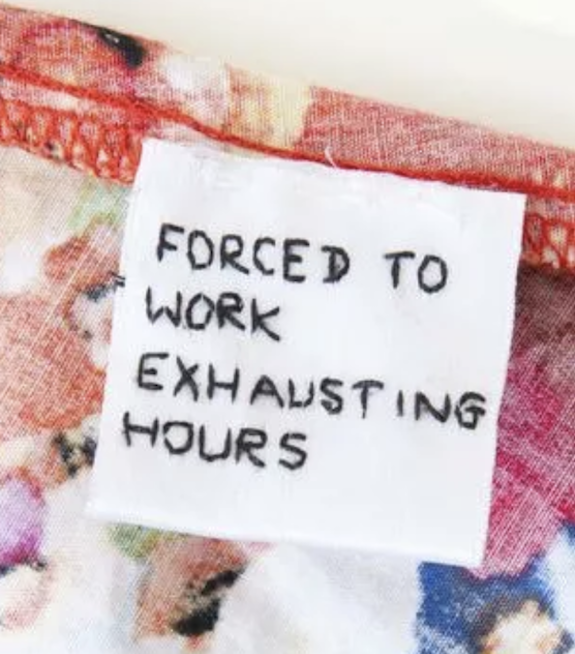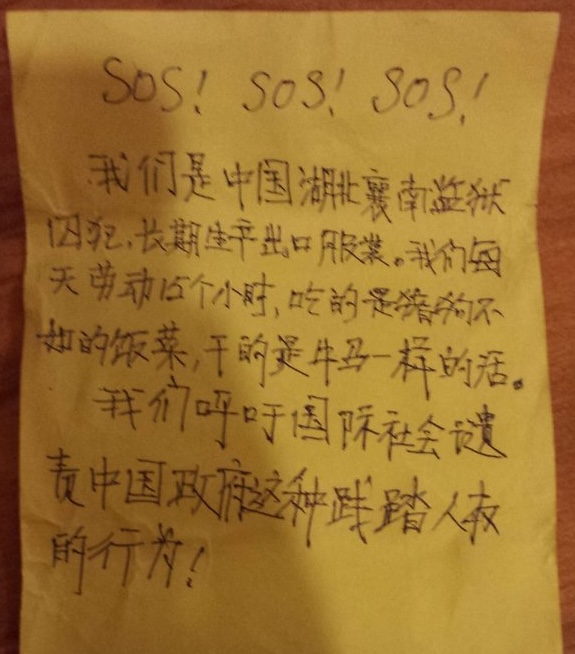
followthethings.com
Electronics
“iPhone 4CF“
A spoof website, press release and direct action by The Yes Men & students from the Parsons New School for Design via the Yes Lab.
Website pages embedded in slideshow above. Original iPhone CF website – www.apple-cf.com – shut down. Now partly available here.
Culture-jammers the Yes Men create a spoof ‘Apple’ website to launch a new iPhone whose ingredients are ‘conflict free’. They announce that you can upgrade your iPhone 4 to the conflict-free version free of charge. Working with students from the Parsons School in New York, they dress up as Apple staff outside a store and hand out leaflets that encourage shoppers to go inside and upgrade their iPhone to a conflict-free one, at no charge. This is such a brilliant idea, especially with all the recent news stories about a civil war in the Democratic Republic of the Congo where regular iPhones’ rare earth ‘conflict minerals’ may have been sourced. For many, Apple is taking the lead in this highly competitive and fast moving sector. Which it loves to shout about. It’s acting to remove conflict minerals in its supply chains, and inviting its shoppers to come on board as ethical consumers. When the shoppers take their leaflets into the store and are refused their free upgrade… When they realise that a ‘conflict free iPhone’ does not exist… When the Apple Store staff, many of whom were pleasantly surprised that Apple was doing this, realise that some of the people who look like their colleagues may be activists causing trouble… When the police are called in… When the story gets into the press (the whole idea) and Apple is forced to quickly publish a press release denying that a conflict-free iPhone exists… When the Yes Men quickly release a fake Apple press release that explains what the company is (not) doing to remove conflict minerals from its supply chains… When Apple forces the web host for The Yes Men’s fake iPhone 4CF website to take it down within hours… … the knowledge that Apple’s iPhones contain ‘conflict minerals’ becomes an international news story. It helps that the Yes Men are highly experienced corporate impersonators (they call this ‘identity correction’). It helps that the carefully planned and often hilarious unravelling of the lies the Yes Men tell are a magnet for business journalists who often don’t have many fun stories to report. And it helps that this is a positive critique: it’s perfectly possible that Apple could produce a conflict-free iPhone if it put its mind to it. This isn’t a negative, anti-capitalist critique of Apple – although the company seems to respond as if it is – it’s a good idea. The Yes Men have shown what it looks like. How Apple could market it. That shoppers would trade their only iPhones for a conflict-free upgrade. Critics call the activists’ understanding of supply chain sourcing and the war in the DRC simplistic, but this prank kickstarts a debate which – years later – saw the production of conflict-free smartphones by a Dutch startup called Fairphone.
Page reference: Jack Parkin (2018) iPhone 4CF. followthethings.com/iphone-4cf.shtml (last accessed <insert date here>)
Page also available in Finnish here (coming soon)
Estimated reading time: tbc minutes.
Continue reading iPhone 4CF ![]()


